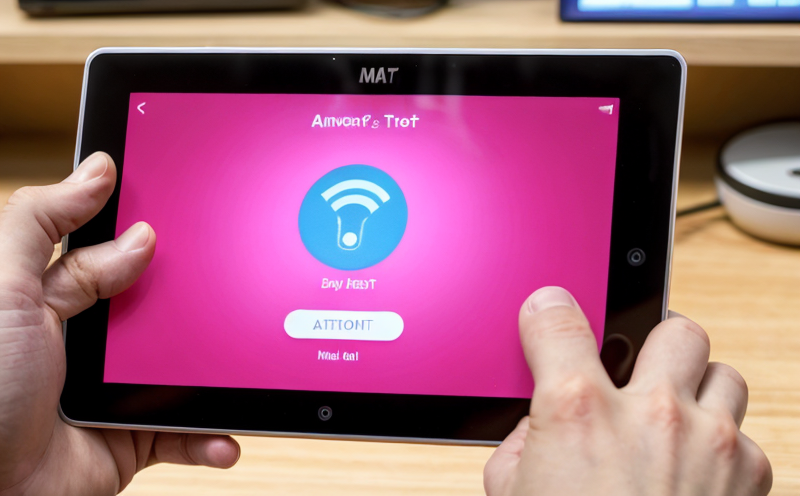Bandwidth Performance Testing of IoT Products
Bandwidth performance testing is a critical process in ensuring that Internet of Things (IoT) devices operate efficiently and reliably within the constraints of their network environments. Consumer products, especially those that are smart and connected, often rely on robust bandwidth to function seamlessly. This service focuses on evaluating the ability of IoT devices to manage data traffic effectively without compromising speed or reliability.
Bandwidth performance testing is essential for several reasons:
- To ensure compliance with regulatory standards
- To enhance user experience by maintaining smooth device operation
- To optimize energy consumption and extend battery life
- To prevent network congestion and improve overall system performance
For quality managers, compliance officers, R&D engineers, and procurement specialists, bandwidth testing is indispensable. It ensures that IoT devices can handle the data demands placed upon them without causing disruptions or failures.
The process involves several steps:
- Device selection: Carefully choose representative samples of the device to be tested.
- Data loading: Load various types and volumes of data that the devices are expected to handle in real-world scenarios.
- Benchmarking: Measure the performance under different bandwidth conditions, including peak usage times and low-traffic periods.
- Analysis: Compare results against industry benchmarks and regulatory standards.
- Reporting: Provide detailed reports that outline the findings and recommendations for improvement.
Testing instruments used in this process include high-speed network analyzers, traffic generators, and protocol analyzers. The results are crucial for ensuring that IoT devices meet stringent performance criteria set by regulatory bodies like FCC, CE, and others.
Applied Standards
| Standard | Description |
|---|---|
| FCC Part 15 | This standard regulates emissions from electronic devices to ensure they do not interfere with radio communications. |
| CE EN 302 637-1 | Apart from emission regulations, it also covers the performance of wireless products in terms of bandwidth and throughput. |
| ISO/IEC 27046:2015 | This standard addresses security issues related to IoT devices, emphasizing secure data transmission over networks. |
Benefits
Bandwidth performance testing offers numerous benefits:
- Enhanced User Experience: Ensures that users experience smooth and reliable connectivity.
- Regulatory Compliance: Helps manufacturers meet the stringent requirements set by regulatory bodies.
- Improved Efficiency: Optimizes energy consumption, reducing costs and extending battery life.
- Potential for Innovation: Encourages the development of more advanced and efficient IoT devices.
Use Cases and Application Examples
The following are some real-world applications:
- Smart Home Devices: Testing the bandwidth performance of smart thermostats, security cameras, and lighting systems.
- Healthcare Devices: Ensuring that wearable health monitors can transmit data accurately without delays or interruptions.
- Mobility Solutions: Evaluating the bandwidth requirements of connected vehicles for real-time updates and safety features.





